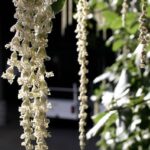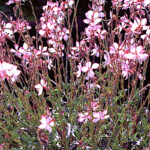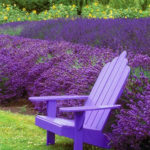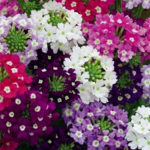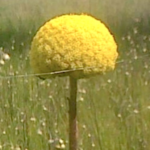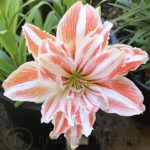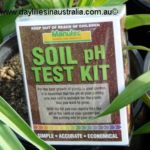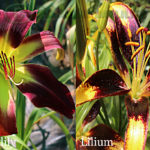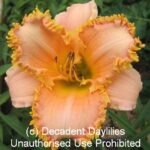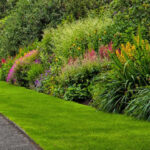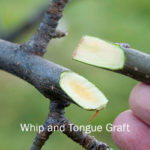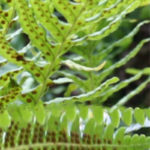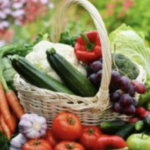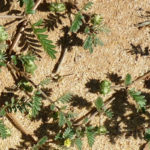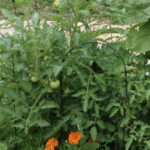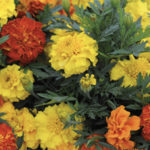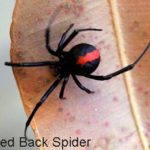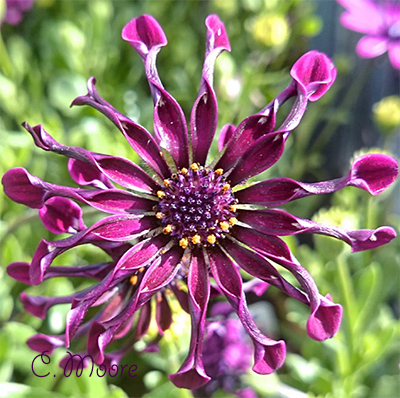
Osteospermum Cape Daisy Care
Osteospermum Daisybush: Tips For Growing Trailing African Daisies
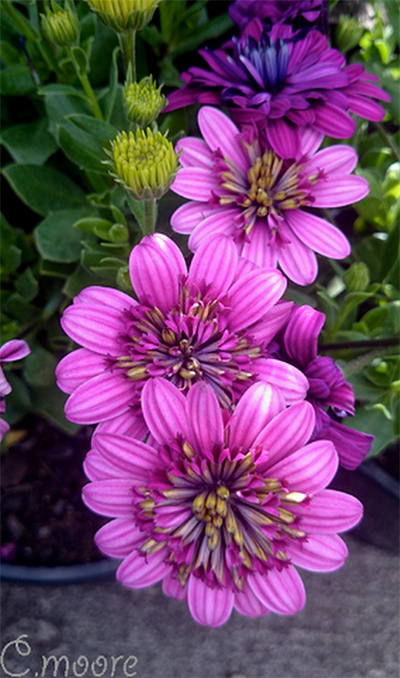 African daisy, cape daisy or Osteospermum are a trailing African daisy native to South Africa. The hardy varieties are low growing spreading perennials that produce an abundance of showy flowers where ever they are grown in Australia. Seeing Osteospermum Fruticosum the trailing African daisy in flower is a sure sign of spring. The sprawling perennial groundcover is just as easy to grow in Melbourne as it is in Sydney or Adelaide. The best show of daisy-like flowers are grown in a sunny position and can be used in garden borders or can be container grown in hanging baskets. These flowers come in a huge assortment of colours and flower styles. The most common colours are shades of pink, purples, yellows, creams, and blue eyed beauty. The petal shape also varies from regular smooth to spoon-shaped and new double flowers. The flowers open during the daytime and closes during low sunlight. Flowering may occur as early as late winter but blooms certainly extend through to sunny days in spring. When the hot weather conditions start towards summer, the flowering reduces then stops because they are consistent cool season bloomers. Once established these plants are drought tolerant and very tough and will tolerate dry soils. These plants do go dormant during extreme weather conditions and flowering will end.
African daisy, cape daisy or Osteospermum are a trailing African daisy native to South Africa. The hardy varieties are low growing spreading perennials that produce an abundance of showy flowers where ever they are grown in Australia. Seeing Osteospermum Fruticosum the trailing African daisy in flower is a sure sign of spring. The sprawling perennial groundcover is just as easy to grow in Melbourne as it is in Sydney or Adelaide. The best show of daisy-like flowers are grown in a sunny position and can be used in garden borders or can be container grown in hanging baskets. These flowers come in a huge assortment of colours and flower styles. The most common colours are shades of pink, purples, yellows, creams, and blue eyed beauty. The petal shape also varies from regular smooth to spoon-shaped and new double flowers. The flowers open during the daytime and closes during low sunlight. Flowering may occur as early as late winter but blooms certainly extend through to sunny days in spring. When the hot weather conditions start towards summer, the flowering reduces then stops because they are consistent cool season bloomers. Once established these plants are drought tolerant and very tough and will tolerate dry soils. These plants do go dormant during extreme weather conditions and flowering will end.
Conditions For Good Growth
As the flowers of the plant need full sun to open, it is better to plant them in areas receiving good sunlight. The plant needs sandy loam and well-draining soil for proper growth and blooming, but produces flowers even when planted in poor soil. They prefer acidic soil a pH at 5.0 – 5.5. When grown from seeds the plant will not start blooming till late summer. The plant grows to a sprawling or trailing width of 2-5 feet over time. The best time to plant African daisies is after the last frost. You need to plant the seedlings at least 12-18 inches apart for achieving the best growth. The plant is capable of tolerating moderate frost.
Osteospermum Caring Tips
Osteospermum fruticosum requires minimal care; they can tolerate drought and neglect and still put on a great show of flowers in spring. I think osteospermum fruticosum is a sensible water wise plant to grow in a xeriscape garden. Buy the hardy varieties, these varieties spread they are the Ecklonis and Jucundum species the others are only half-hardy, the Dimorphotheca varieties they need protection from cold snow and frost areas so check the labels before you purchase especially if you live in a cold climate.
- It is not necessary to feed or add cow manure before planting but the soil you plant in must be free draining.
- The plant spreads to one metre or more so there should be plenty of space between the plants.
- There are perennials and annual types that bloom in October and November. By pruning, pinching and trimming the perennial type will not make them produce more flowers but instead will stop self seeding and will make a thicker, neater and a tidier plant. This will not entice more reblooming simply because they do not flower for months on end.
- These plants can be started with a new cutting that has layered or has rooted itself into the ground from the previous season.
- Osteospermum daisies do not grow as well in rich soils that are well watered as they will grow too much foliage and become leggy.
- African daisies are tolerant to drought but produce a greater number of flowers if watered during the growing season.
The pests and problems
The insect pests include aphids and whiteflies. In humid and damp conditions the plant may develop diseases such as grey mould. Excessive wet soil can cause root rot.
 Propagation by seed
Propagation by seed
You can get the seedlings of Osteospermum varieties from local nurseries any time of year they are usually sold in a 50mm forestry tubes, small pots. If this is not available you can start the plant from seeds. The plants can be started indoors at least 6-8 weeks before the last frost. Sprinkle the seeds of African daisies on top of the soil as the seeds require light for germination. Place the seeds in well-lit location to germinate. It is necessary to keep the seeds moist until it germinates. Within two weeks the seeds start to germinate. You can transplant the seedlings to the required location or into containers when the seedlings are 2-3 inches tall. Plant the seedlings in the garden after the last frost.
You can also use stem cuttings to propagate the African daisy plant and this is the easiest way to produce new plants. You can take the shoots which have not produced any blooms. Make sure that the stem cutting is 3 inches long and contains at least 3-4 leaf axils, they are easy to propagate, rooting gel is not necessary.
Osteospermum or African daisy types vary in colour and look wonderful planted with tall bearded iris and euphorbias, they flower at the same time and are all tough, colourful and rewarding plants and are well suited to our Australian climate.


